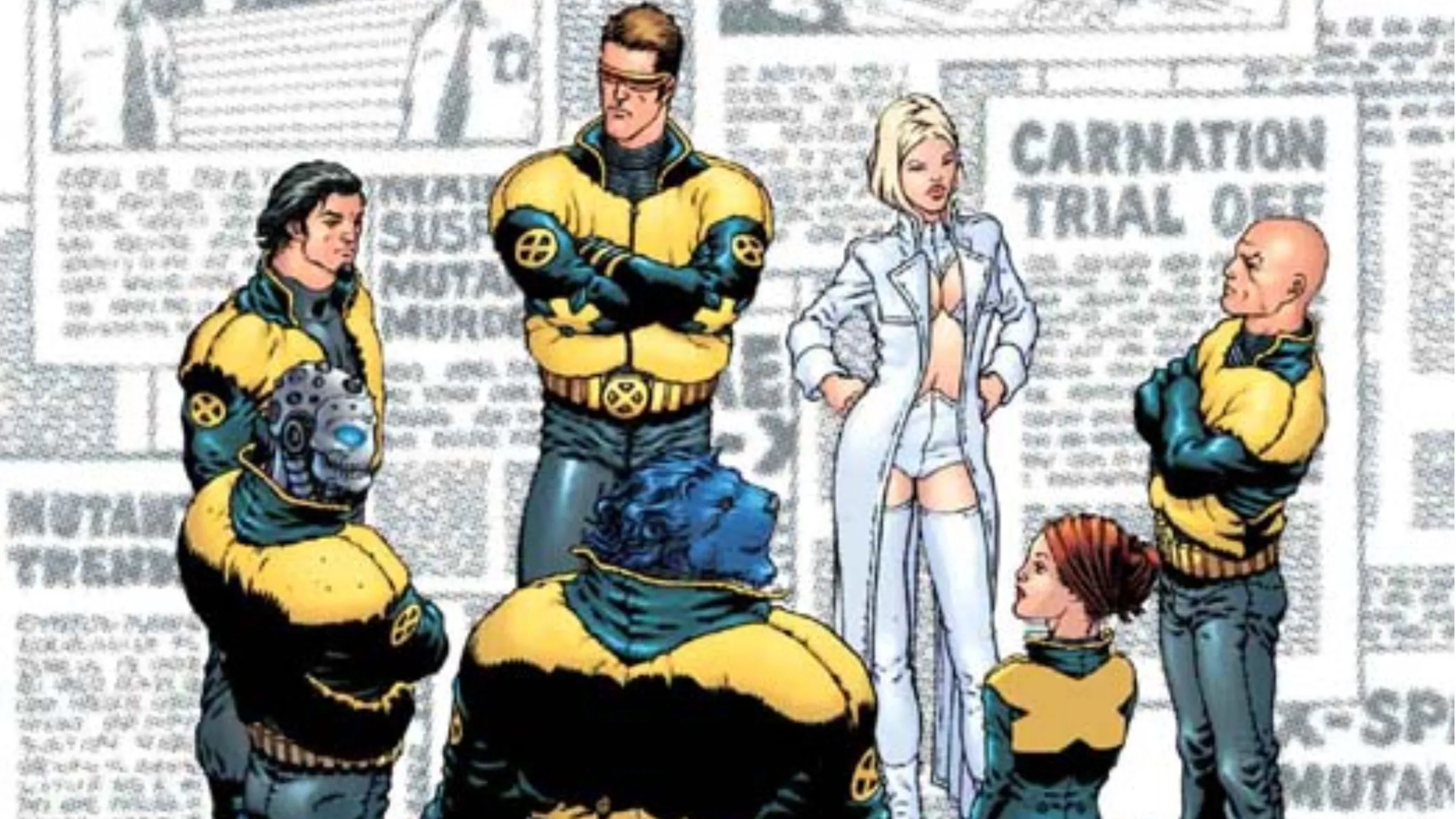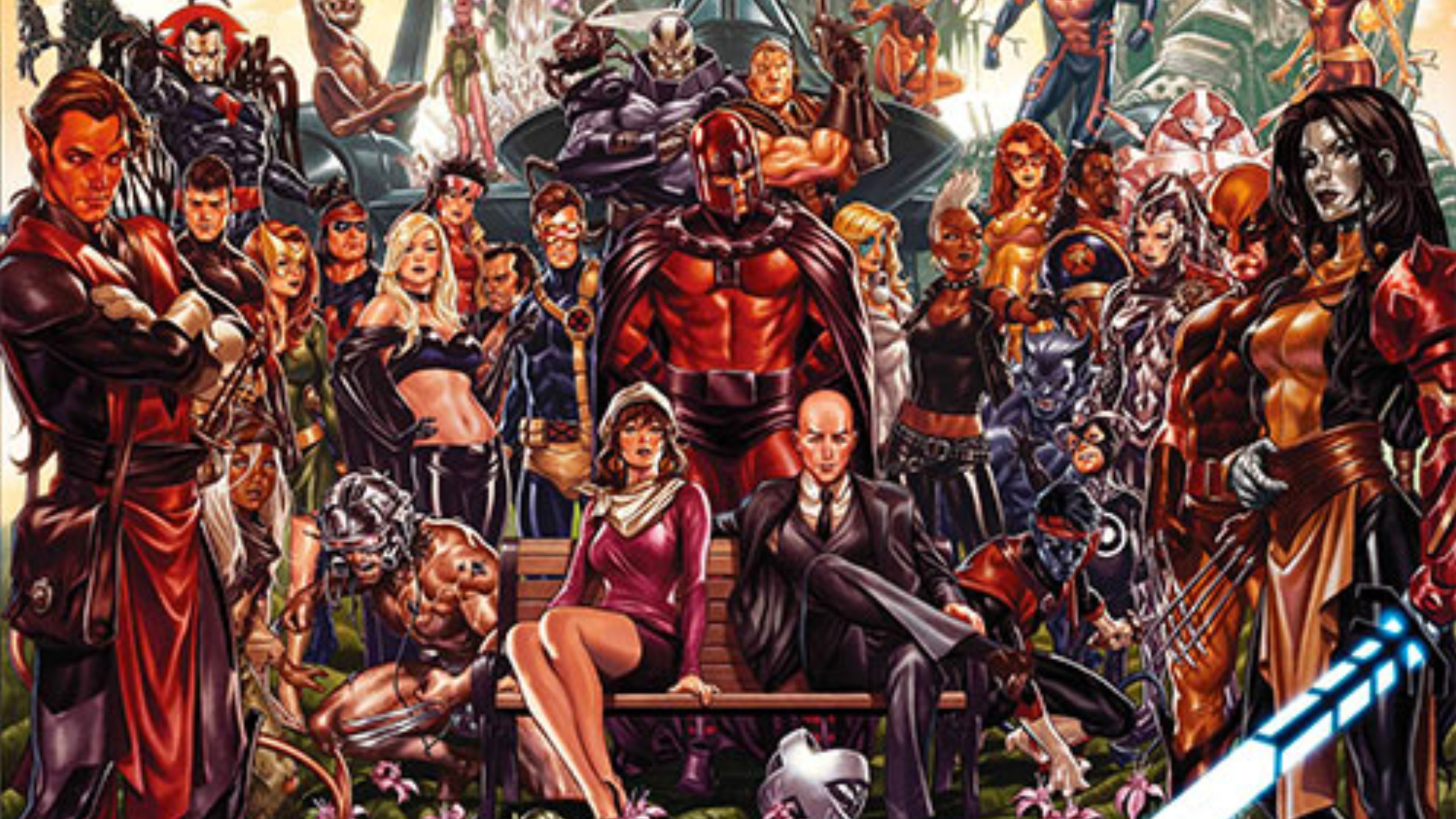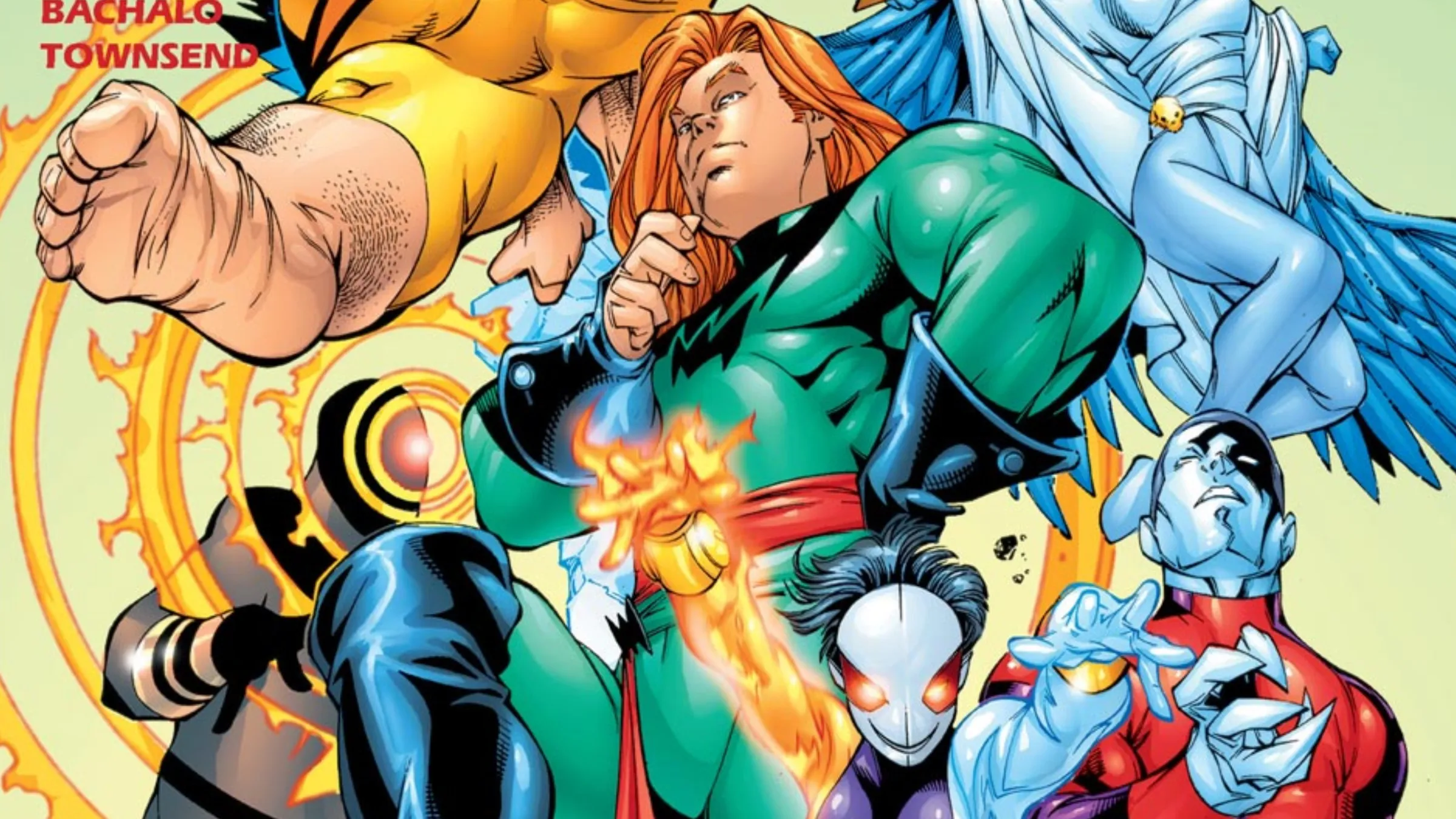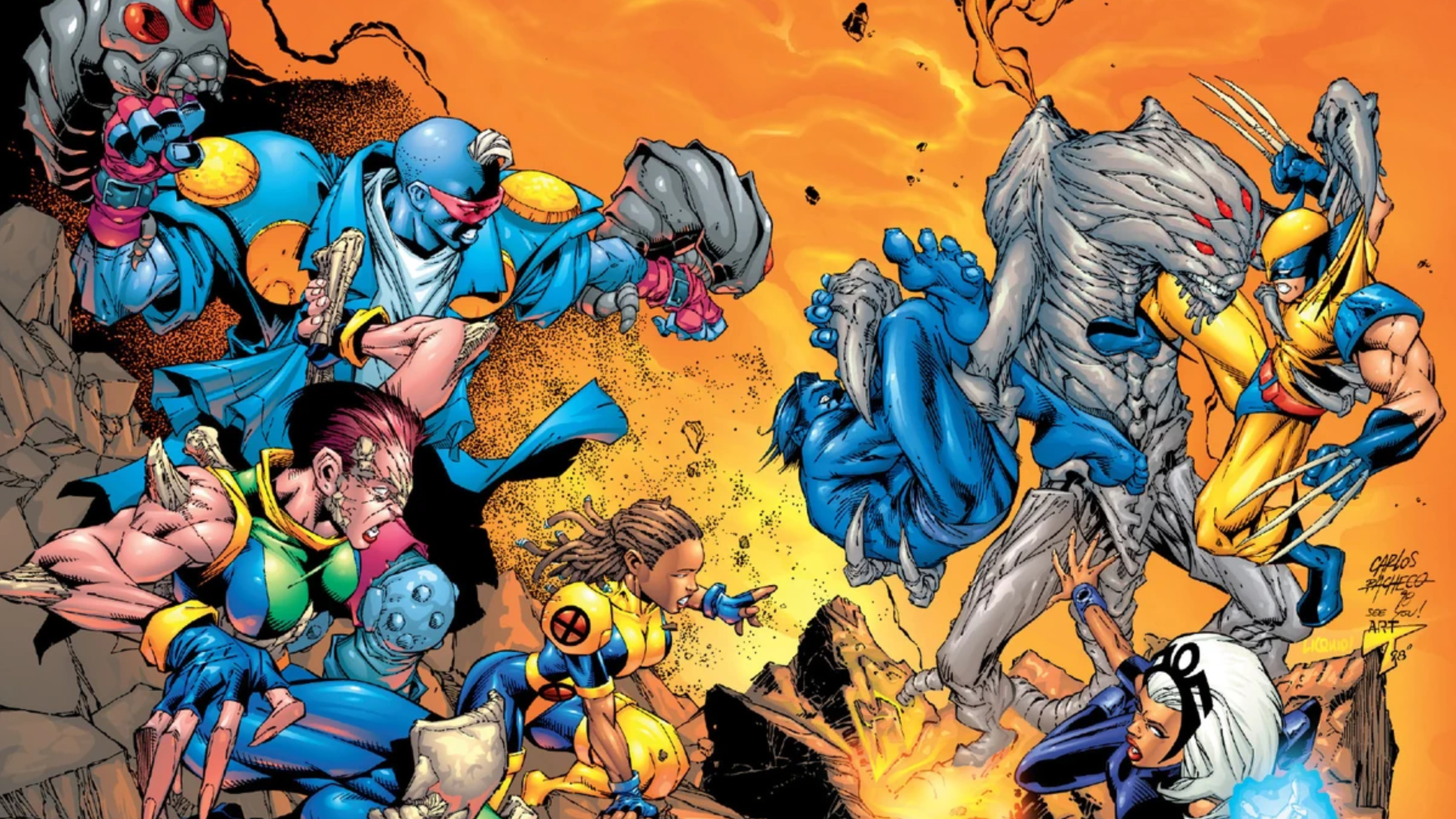
The X-Men didn’t initially find the same success as other popular Marvel teams like the Fantastic Four and the Avengers. While those groups quickly gained a large following, the X-Men struggled and eventually ended up only reprinting old issues. Everything changed in 1974 with the release of Giant-Size X-Men #1, which finally appealed to a broader audience. X-Men #94 marked the beginning of a new chapter for the mutant heroes, introducing a revamped team and bringing writer Chris Claremont onto the X-Men creative team.
Chris Claremont fundamentally reshaped the X-Men, almost rebuilding the team from the ground up and introducing a wealth of new enemies. He also played a key role in helping comics grow up as an art form. If you enjoy the X-Men today, Claremont deserves a lot of the credit – he’s arguably the most important, and best, writer to ever work on the series. That said, he wasn’t the only talented writer to contribute. Many exceptional comic book writers have worked on the X-Men, and here are seven of the very best who weren’t Claremont.
7) Gail Simone

Gail Simone joined Uncanny X-Men in 2024 as part of a major storyline called “From the Ashes,” and she’s been incredibly successful with the title. While “From the Ashes” draws heavily on the X-Men’s history—with many issues feeling like revisits to past stories—Simone has managed to capture the spirit of classic X-Men comics without simply repeating old ideas. Her writing clearly takes inspiration from Chris Claremont’s style, focusing on developing characters through their stories and using dialogue and narration to create a unique atmosphere. She expertly combines strong character development with exciting plots and action, making each issue of Uncanny X-Men a pleasure to read. Her work is reminiscent of Claremont’s famous “Outback” era, and it’s truly excellent. Thanks to Simone’s skillful writing, Uncanny X-Men has avoided the pitfalls that plagued other titles in the “From the Ashes” event.
6) Jonathan Hickman

For years, the X-Men had been overlooked by Marvel, but the ‘Krakoa Era’ brought them back into the spotlight, largely thanks to Jonathan Hickman. His House of X/Powers of X series was a huge boost for the team, revitalizing the entire mutant line at Marvel. While his ongoing X-Men title wasn’t always perfect, Hickman’s work on House of X, Powers of X, and Inferno proved his talent with the characters. Many issues with his run weren’t due to the writing itself, but rather changes happening behind the scenes that affected his plans. Ultimately, Hickman’s time with the X-Men led to some of their biggest successes in years, and fans will remember this era very fondly.
5) Fabian Nicieza

Fabian Nicieza faced a challenge when he began writing for Marvel, as he was brought in to take over from legendary writer Chris Claremont. He initially collaborated with artists like Rob Liefeld on X-Force, helping to plan and write stories. When Liefeld, Jim Lee, and Whilce Portacio left Marvel to form Image Comics, Nicieza became the main writer for both X-Force and X-Men. He wrote X-Men during its peak popularity and did an excellent job, despite the difficult circumstances. Although his run was relatively short, he guided the series through major storylines like “Fatal Attractions,” “The Phalanx Covenant,” and “The Age of Apocalypse,” and introduced the character Kwannon. He also skillfully developed the early romance between Rogue and Gambit, demonstrating a strong understanding of the characters.
4) Scott Lobdell

After Chris Claremont left, Scott Lobdell joined the team as a writer, primarily focusing on Uncanny X-Men. Following the departure of several artists and writers to Image Comics, Lobdell became the main writer for the X-Men titles, a role he held until 1997. During his tenure, he crafted significant storylines like “Fatal Attractions”, “The Phalanx Covenant”, “The Age of Apocalypse”, “Onslaught”, and “Operation: Zero Tolerance”. While he isn’t highly regarded by some fans today, Lobdell was a skilled writer during his time with the X-Men. He successfully captured the style of Claremont, and his work consistently kept Uncanny X-Men at the top of the sales charts, delivering strong character development and engaging concepts.
3) Steve Seagle

Steve Seagle gained recognition for his work on Sandman Mystery Theater and later took over the X-Men after Scott Lobdell’s run on Uncanny X-Men. Teaming up with writer Joe Kelly, Seagle helped rebuild the team following the “Operation: Zero Tolerance” storyline. His work on the books was highly praised, with a strong focus on character development and moving the X-Men forward. Seagle and Kelly created a consistent vision for the titles, something that hadn’t always been present during the previous creative team of Lobdell and Nicieza. Their approach successfully steered the team away from the style established during the long run of writer Chris Claremont, which was seen as a positive change.
2) Joe Kelly

Joe Kelly’s time writing X-Men was perfectly timed. He was gaining momentum at Marvel, having already impressed readers with his work on Deadpool. Kelly’s X-Men focused more on exciting action compared to the other X-title, Uncanny X-Men, which delved deeper into the characters’ personal struggles. Kelly wasn’t neglecting character development, though – he introduced three new X-Men, Cecelia Reyes, Marrow, and Maggot, and crafted compelling stories for each of them. He even significantly revamped Maggot’s backstory, changing his nationality from Australian to South African. There are many memorable moments throughout his run. It’s unfortunate Marvel didn’t let Kelly and fellow writer Seagle continue their creative plans for the books, as interviews reveal they had some fascinating ideas for the future.
1) Grant Morrison

Grant Morrison’s run on New X-Men is widely considered a landmark achievement. After starting with Marvel in 1999 through a couple of miniseries, Morrison revamped X-Men, truly earning the “New” in the title. They built upon existing X-Men concepts, injecting a huge dose of creativity and taking the team in exciting new directions. While maintaining familiar elements, Morrison’s approach was groundbreaking. They revitalized Cyclops as a character, added Emma Frost to the roster, introduced the villain Cassandra Nova, and brought the Phoenix Force back to prominence. Though their time with the book was unfortunately cut short due to editorial interference, the years 2001-2004 delivered some of the best X-Men comics in decades. Many fans still consider Morrison’s New X-Men to be unmatched, even today.
https://comicbook.com/comics/news/10-best-x-men-stories-00s-grant-morrison-warren-ellis/embed/#
Read More
- The Most Jaw-Dropping Pop Culture Moments of 2025 Revealed
- 3 PS Plus Extra, Premium Games for December 2025 Leaked Early
- Where Winds Meet: How To Defeat Shadow Puppeteer (Boss Guide)
- Ashes of Creation Rogue Guide for Beginners
- Best Controller Settings for ARC Raiders
- Where Winds Meet: Best Weapon Combinations
- TikToker Madeleine White Marries Andrew Fedyk: See Her Wedding Dress
- Hazbin Hotel season 3 release date speculation and latest news
- Jim Ward, Voice of Ratchet & Clank’s Captain Qwark, Has Passed Away
- Kylie Jenner Makes Acting Debut in Charli XCX’s The Moment Trailer
2025-11-22 20:17